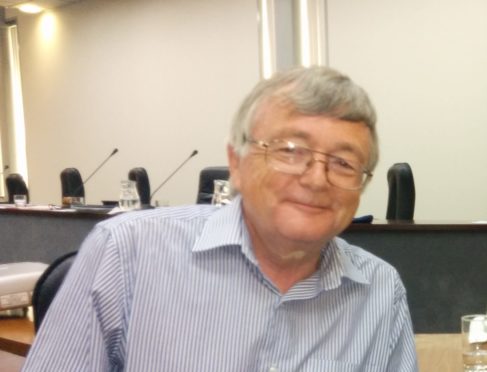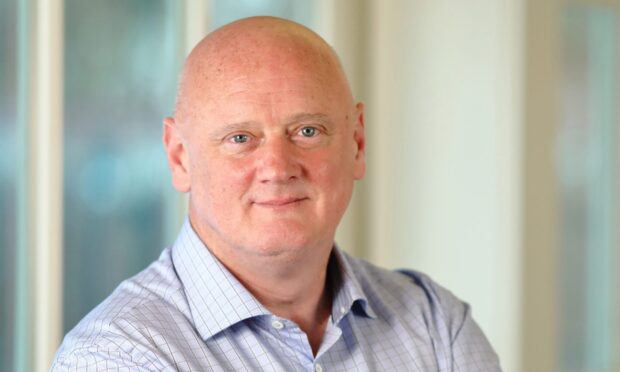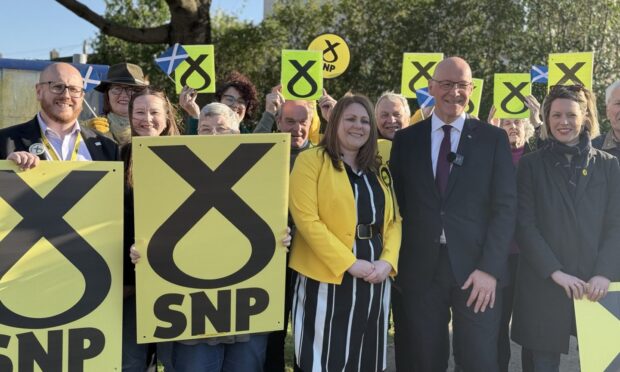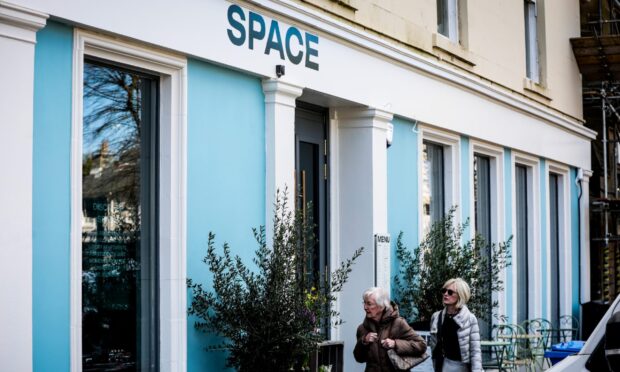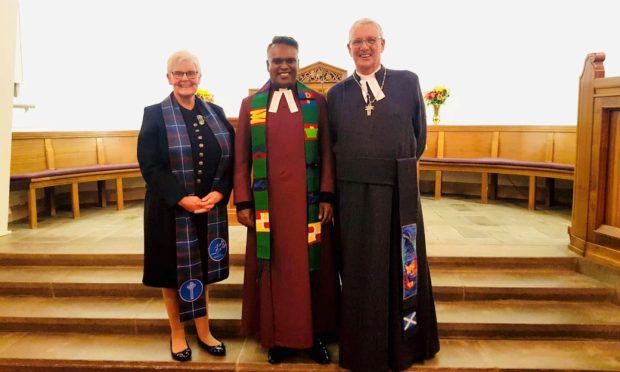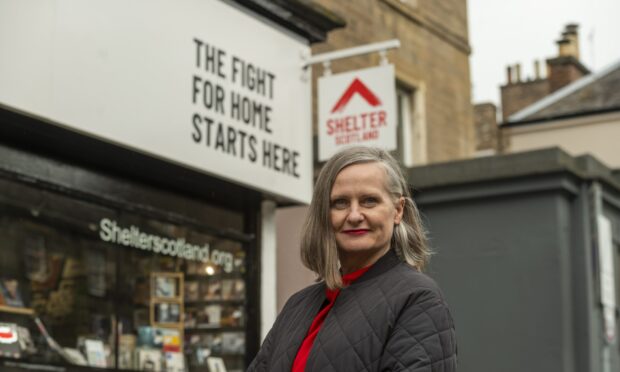Fife Council’s Labour and SNP groups have pledged to put decades of ill-feeling behind them and work together for the good of the region.
As the two parties embarked on a landmark power-sharing deal to jointly run Scotland’s third largest local authority, they insisted the days of “political rammies” were behind them.
The remarkable turnaround, agreed at Thursday’s full council meeting, follows several days of intense negotiations to produce an agreement which will enable the two sides to move forward.
It comes just weeks after SNP leader David Alexander and Labour chief David Ross were at each other’s throats over a number of policy issues, including teacher numbers and school class sizes.
Mr Alexander said: “What some people fail to understand is the argy bargy that goes on is usually just theatre and many of us have known each other for decades. This isn’t a seismic shift, it’s just common sense.”
Councillors Alexander and Ross have agreed to equally share the leadership of the council to provide the best service possible for the people of Fife.
Mr Alexander said it was what Fifers had voted for.
“Neither party had a clear mandate from the people of Fife so it’s only right that the two parties came together in a spirit of collaboration and co-operation,” he said.
Mr Ross agreed, adding: “It’s now our responsibility to achieve the best outcome we can for the effective running of the council.”
Despite acknowledging the two parties still fundamentally disagree on a number of national issues, including Scottish independence, they have come up with policies based on aspirations in both their manifestos.
They have signed up to a set of six principles outlined in the agreement.
These are to reduce poverty and inequality; work with employees to resist austerity; protect and enhance local services; protect jobs by opposing compulsory redundancies; ensure local government is properly funded and work with communities to prioritise the best actions for their local area.
Mr Ross said: “We’ve spent the last five years arguing with each other and there has to be a better way of doing business.
“It will take time and effort to build up trust between us but if we succeed then the outcome will be much better for everyone in Fife.”
Thursday’s meeting also saw Labour councillor Jim Leishman re-elected as Fife provost.
Twenty-five-year-old Julie Ford from the SNP was elected deputy provost just 19 months after first becoming a councillor.
